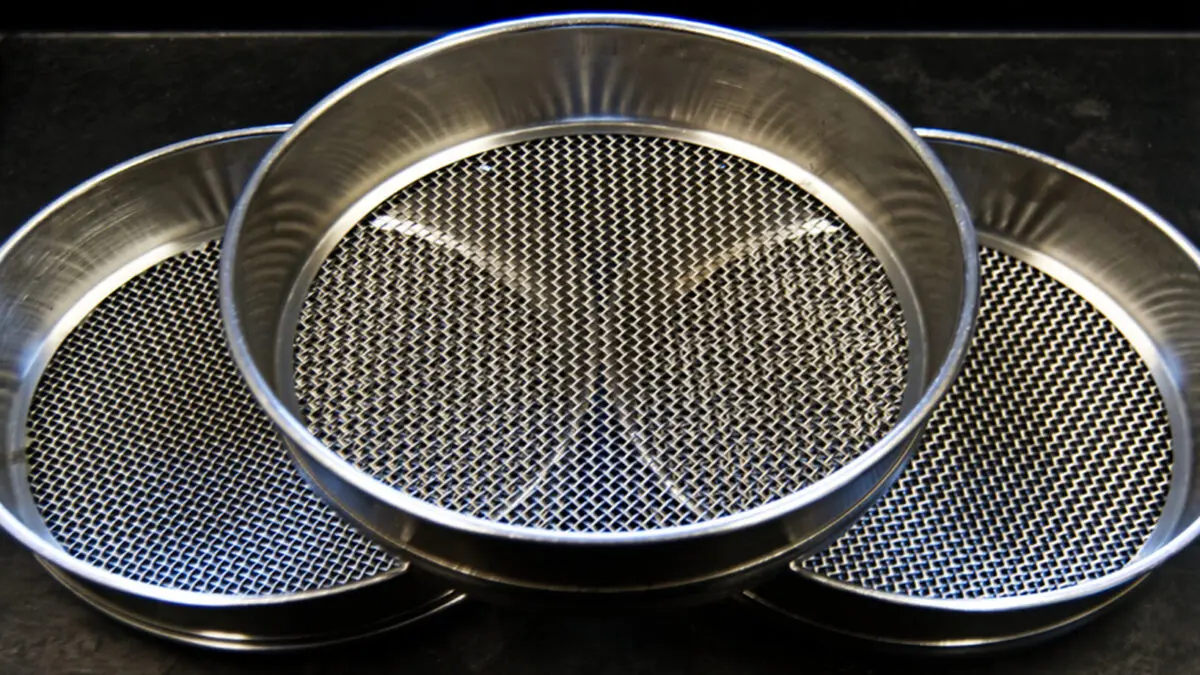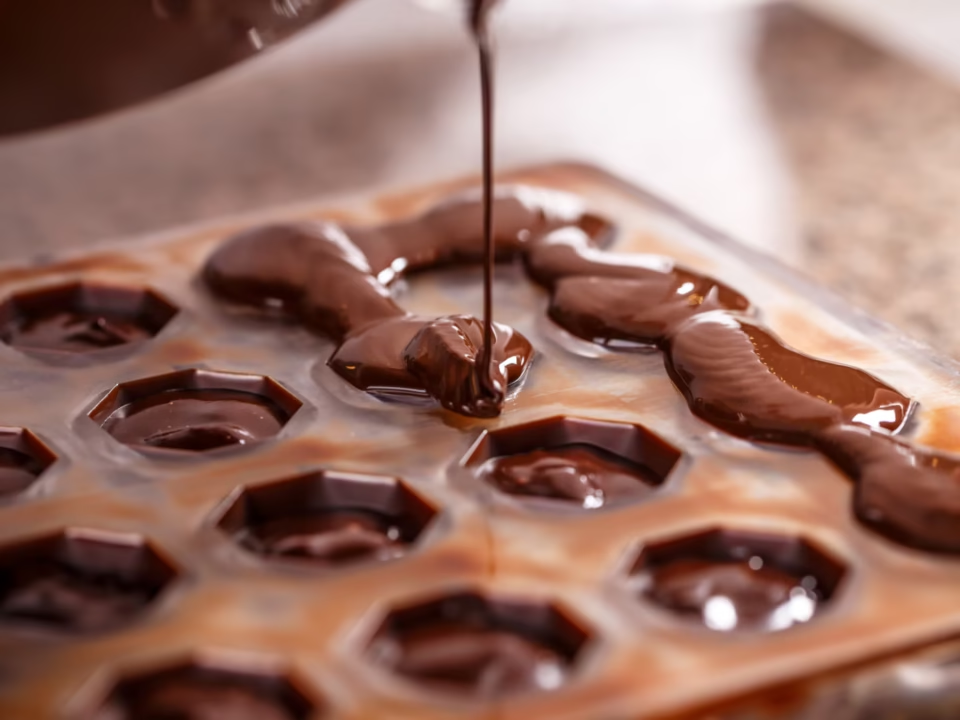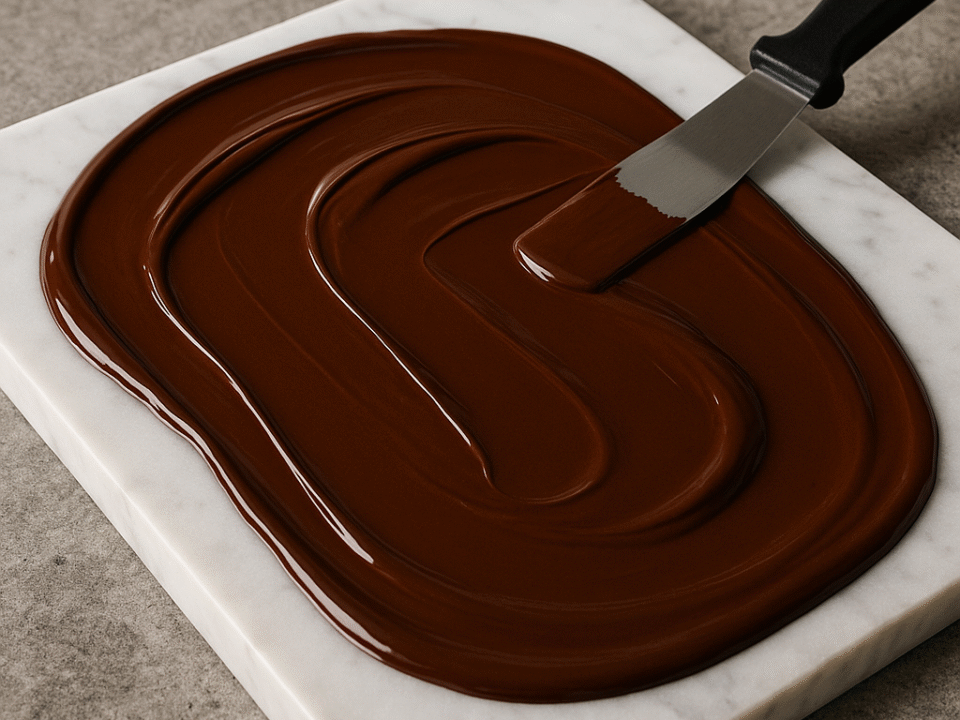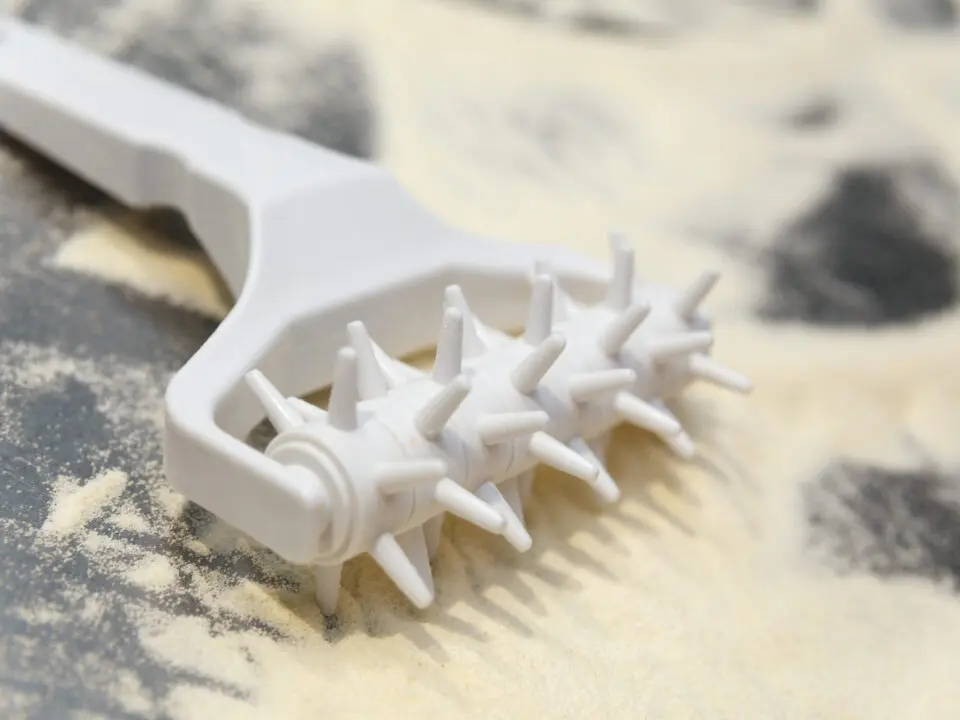
Pastel de Nata
July 15, 2025
Cannoli
July 24, 2025For Aerating Flour, Smoothing Batters, and Straining Sauces
If you’ve ever wondered why your cake is dense, your sauce a little gritty, or your custard not quite silky, the culprit might not be your ingredients, but your tools. One item that quietly earns its place in every pastry kitchen is the fine mesh sieve, or its more elegant cousin, the chinois.
Why It Matters in Baking and Pastry
Let’s start with the basics. A fine mesh sieve is a kitchen essential used for sifting, aerating, and straining. It’s deceptively simple: just a bowl-shaped net of tightly woven wire. But it plays a key role in creating the kind of smooth, light textures that define good pastry work.
When you sift flour before mixing it into your cake or biscuit dough, you’re not just removing lumps. You’re incorporating air. That tiny bit of lift can make a big difference in texture, especially when working with delicate sponges or choux pastry.
Batters, particularly ones that include melted chocolate or nut meals, can often end up a bit gritty. Passing them through a sieve ensures your finished product is refined and even.
And for sauces? A sieve helps you get that final polish. Think of a vanilla bean crème anglaise or a raspberry coulis. Strained properly, they pour like silk and look as beautiful as they taste.
When to Use a Chinois
A chinois is like a fine mesh sieve in a tuxedo—conical, tighter in weave, and designed for heavy-duty refinement. While not strictly essential for the home cook, it’s ideal if you’re working with purees, custards, or broths where presentation and mouthfeel matter.
In professional kitchens, the chinois is used constantly: straining lemon curd, clarifying stock, or ensuring a silky ganache. If you’re an advanced home chef who values precision, investing in one can elevate your work.
A Few Tips from the Kitchen
- Don’t overload it. Work in small batches when sifting or straining. Pushing too much through at once creates clumps and ruins the point of the process.
- Use the back of a ladle or spoon. When straining thick mixtures like pastry cream or puree, press gently with the rounded back of a spoon to work it through without damaging the sieve.
- Clean it straight away. Fine mesh can be complex to clean once anything dries into it. Rinse and scrub gently under hot water as soon as you’re done.
Final Thoughts
There’s a reason you’ll find a sieve hanging beside every mixing station in a pastry kitchen. It’s not glamorous, but it’s indispensable. Whether you’re folding it into your prep routine for baking or using it to finesse a sauce, this tool earns its keep.
If you’re serious about baking at home—or want your desserts to look and feel that little bit more polished—consider making the fine mesh sieve or chinois part of your everyday kit.



